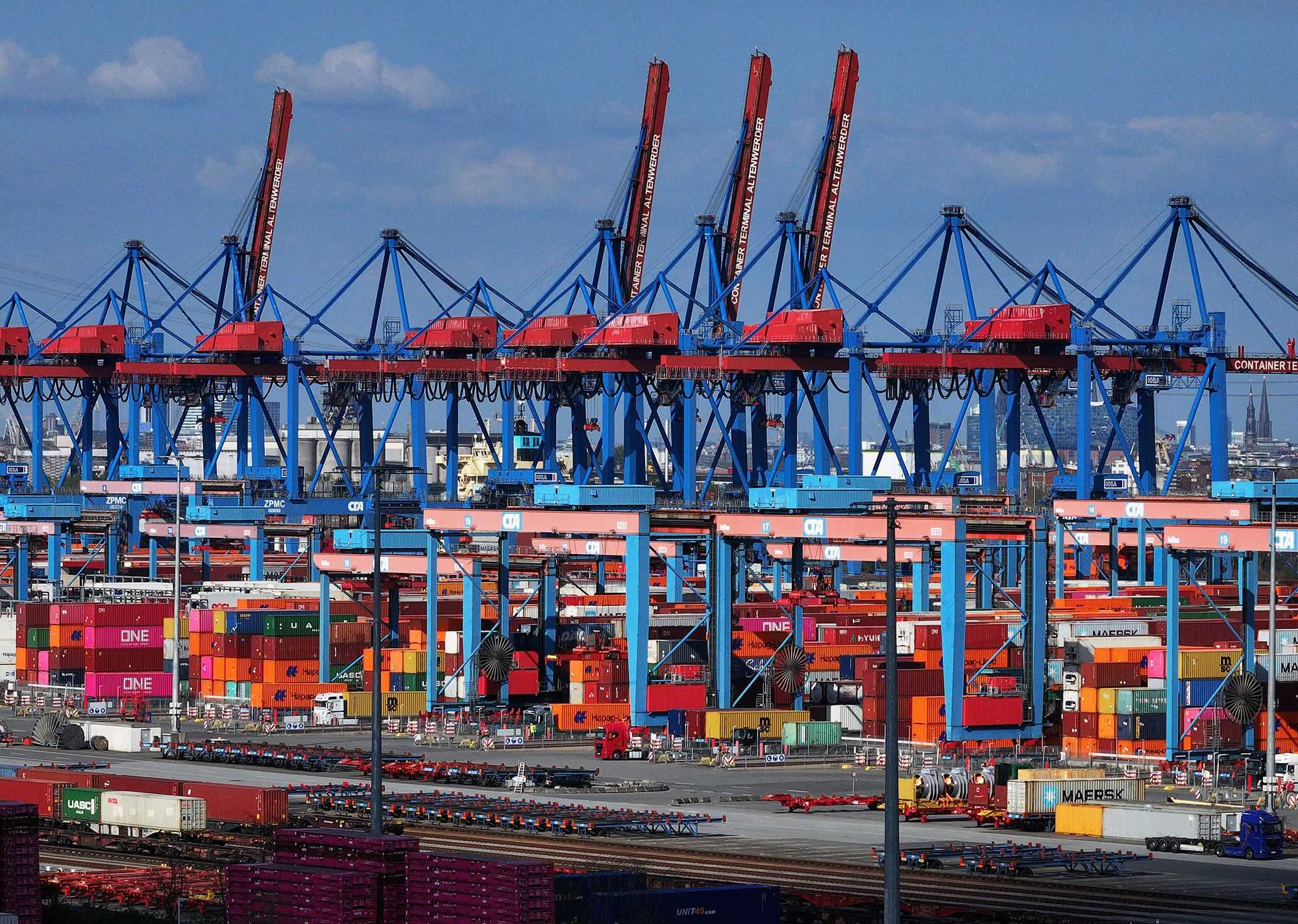In a decisive move late Thursday, President Donald Trump executed a series of executive orders that have profoundly reshaped the landscape of global trade policy, just hours before new import taxes were slated to take effect on numerous nations. This eleventh-hour action underscores an ongoing effort by the administration to recalibrate international trade relations, signaling a new phase of America-first economic strategy.
One immediate and significant consequence of these executive orders is the imposition of steeper tariffs on Canada, a critical trading partner. These increased import taxes, raising rates from 25% to 35% on specific goods not covered by the U.S.-Mexico-Canada trade agreement, became effective overnight Friday. This unilateral action marks a notable shift in US-Canada trade relations, prompting immediate reactions from Ottawa.
The reasoning behind the intensified Canada Trade tariffs, according to President Trump, is Canada’s perceived inaction on securing its northern border and stemming the flow of fentanyl into the United States. Canadian Prime Minister Mark Carney expressed disappointment, asserting that Canada has been diligently working to reduce fentanyl volumes, highlighting the diplomatic tension sparked by these new executive orders.
While Canada faced immediate new levies, a separate executive order brought temporary relief to dozens of other countries. New import taxes on these nations were delayed by an additional seven days, with the new effective date set for Thursday, August 7. This updated order now meticulously outlines tariff rates for over 60 countries, including the 27-member European Union, with rates ranging from 10% to a substantial 41%.
The White House attributed this unexpected extension to the need for more time to update the complex tariff schedule. However, the decision surprised many, given President Trump’s firm insistence earlier in the week that his August 1 deadline would not be pushed back, an assertion reiterated during a White House press briefing just hours before the orders were signed. This highlights the administration’s fluid approach to Global Trade Policy.
This latest shakeup is consistent with Trump’s broader agenda to reshape international commerce in America’s favor, a strategy that began with the unveiling of “reciprocal tariffs” in April. His stated goals include eliminating trade imbalances and bolstering domestic manufacturing, echoing his claim that such policies are “making our country very rich and respected again” by collecting “trillions of dollars” for the nation, aimed at a positive US Economy Impact.
Further demonstrating the nuanced nature of these trade adjustments, Mexico secured a temporary reprieve from escalated tariffs. President Trump agreed to a 90-day negotiating period, during which the existing 25% import tax on certain goods will be maintained, offering a window for further discussions on bilateral trade issues and showcasing the specific considerations in Trump Tariffs.
Beyond broad trade partners, the administration is also refining its sector-specific tariffs. Another executive order introduced a new 50% tariff on certain copper products, also effective Friday. While the President justifies this as a measure to bolster national security, critics caution that such moves could significantly inflate costs for industries heavily reliant on these materials, such as the vital home construction sector.
Ultimately, these sweeping and last-minute adjustments to the nation’s trade policy continue to deepen uncertainty for both consumers navigating a changing market and businesses heavily dependent on foreign imports. The dynamic nature of these trade policy decisions ensures ongoing scrutiny and adaptation across global markets.






Leave a Reply